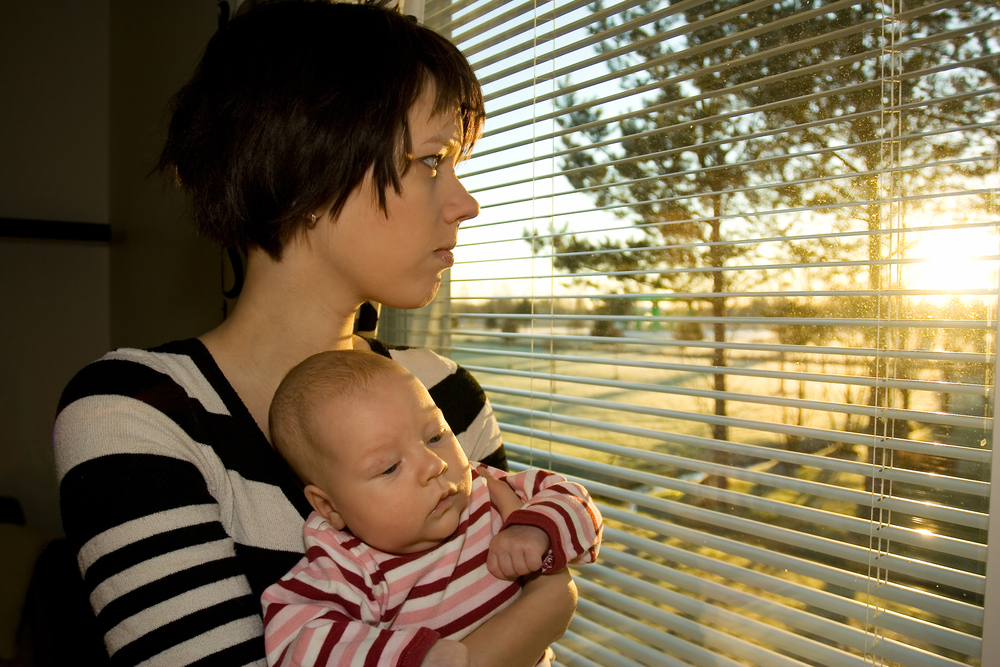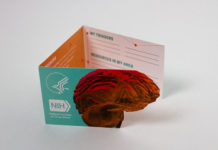36 percent and 51 percent in the general population. Women are also more prone to having co-occurring mental disorders, such as anxiety and depression.
Geographic location and demographics can also play a role in a woman’s pathway into addiction. A CDC analysis found that opioid prescription rates were the highest in the South for women between the ages of 15 and 44 and lowest in the Northeast. The rate of fatal overdoses for women was more evident in rural areas in the South and in the Midwest.
Accidental deaths from poisonings, which include drug overdoses, increased 121 percent between 2005 and 2013 for white, non-Hispanic women between the ages of 15 and 54. This compares to 80 percent for men. One of the main reasons for the increase is that white women, specifically middle-class, are more likely to be prescribed opioids for chronic pain than minority women.
Pathways out of addiction
Addiction treatment services need to be geared toward women’s unique circumstances and struggles, the report stated.
For example, women who are in caregiver roles, “require additional consideration” when coming up with a treatment plan. Programs, where women are permitted to stay with their children, may encourage women to seek treatment. Drug courts, which allow offenders to receive supervision, treatment and drug testing as an alternative to incarceration may be another viable option.
Addiction treatment programs that are child-and-family-friendly may also prove to be effective avenues for women who previously balked at getting treatment to get help. Nearly 70 percent of women entering rehab have children, the report stated.
Family-friendly treatment programs that include community and clinical support services for women and their families also break down certain barriers to entering treatment for women. “Because women place high values on their relationships and families, treatment should focus on promoting and supporting healthy attachment and relationships between parents and children and on women’s relationships with others,” the report stated.
Research and evaluation
Moving forward, it is crucial to better understand the factors of opioid abuse that are specific to women and develop treatment strategies that address these factors.
Specific areas of research that could improve this understanding include biological and environmental differences related to addiction and the risk of fatal overdoses for women; exploring different motivations and barriers for women seeking treatment; and evaluating external and social factors that may be barriers to the implementation of treatment programs.
“Ultimately, the opioid epidemic will not be addressed through a one-size fits all approach and we must consider how the epidemic is impacting women differentially.”
















